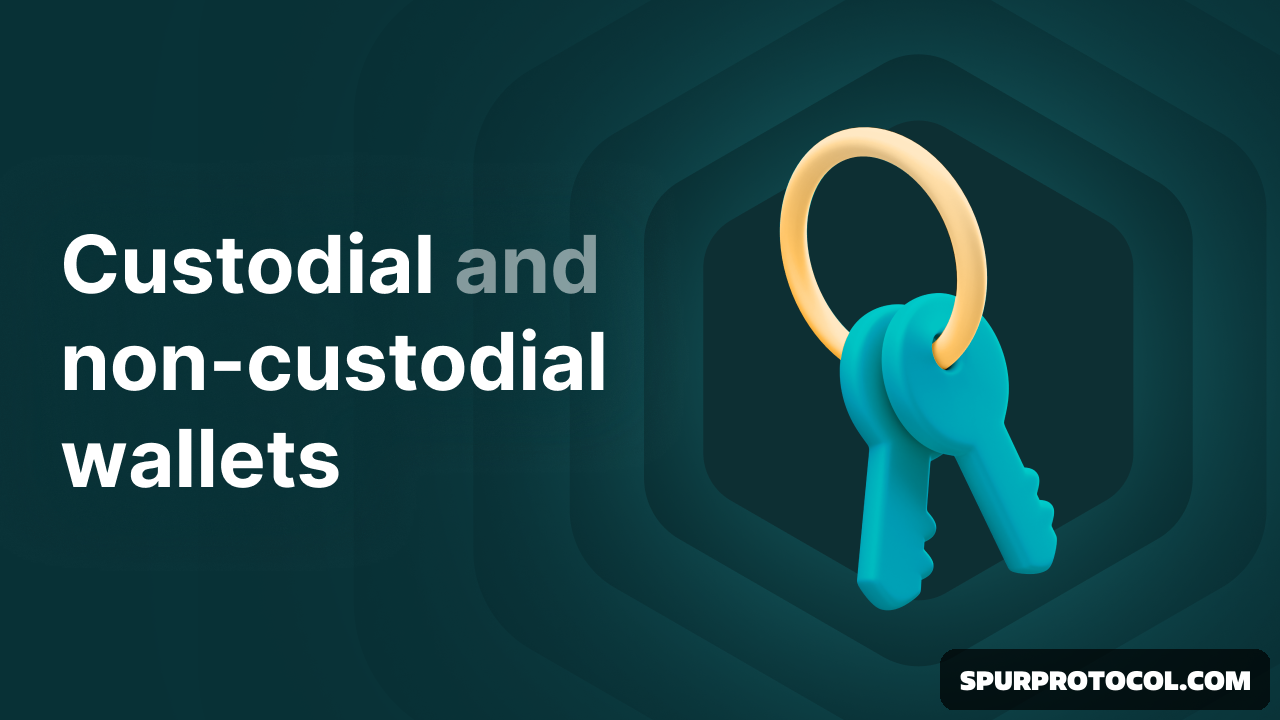What Are Custodial And Non-Custodial Wallets And How Do They Work?
Custodial wallets are cryptocurrency wallets where a third party holds your cryptocurrencies, while non-custodial wallets are wallets where you keep them yourself. Whoever holds the private keys is technically the owner. That’s why crypto enthusiasts often say: "Not your keys, not your coins."
Go Back

🕒 10:34 PM
📅 Nov 23, 2025
✍️ By chrison2
Custodial wallets are managed by a third party, such as an exchange or broker.
With non-custodial wallets, you have full control over your private keys.
Custodial wallets focus on user-friendliness but require you to give up some control.
Non-custodial wallets offer maximum autonomy and privacy but require more responsibility.
📍What is a Custodial Wallet?
A custodial wallet is a wallet where a third party, often a crypto exchange or broker, manages the private keys for you. You don’t have to worry about securely storing your seed phrase or making backups. You simply create an account on a platform and can immediately start buying, sending, or receiving crypto.
📍How Does a Custodial Wallet Work?
When you create an account with an exchange or broker, a wallet is automatically created for you. Usually, you don’t receive a seed phrase or private key. Instead, you log in with a username and password. Often, you can set up extra security layers like two-factor authentication (2FA). If you lose your login details, you can usually request them again easily via your email.
📍What is a Non-Custodial Wallet?
A non-custodial wallet, also called a self-custodial wallet, is a wallet where users have full control over their private keys. No one else has access to your crypto unless you give them your private keys. Non-custodial wallets come in the form of hot wallets and cold wallets. A non-custodial hot wallet often takes the form of a mobile app or software wallet. A non-custodial cold wallet exists as a hardware wallet or paper wallets. Well-known brands of hardware wallets include Ledger and Trezor, which often look like a USB stick.
📍How Does a Non-Custodial Wallet Work?
When you create a non-custodial wallet, for example via a mobile app like Trust Wallet or a hardware wallet like Ledger, you gain full control over your cryptocurrencies. You don’t log in through a third party; you manage everything yourself.
